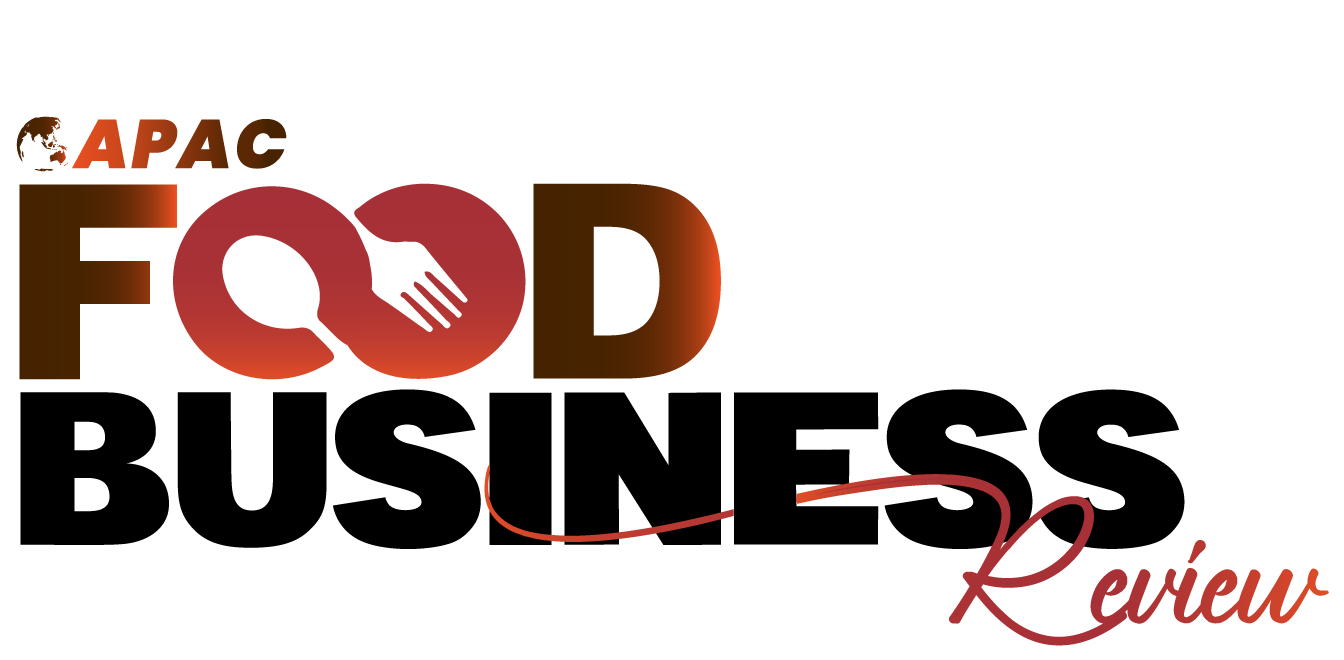Thank you for Subscribing to Food Business Review Weekly Brief
The Private Equity Playbook for Cost Optimisation in European Food Manufacturing and Distribution
PE firms in Europe optimise food businesses through margin engineering, focusing on lean operations, automation, and centralised procurement to drive sustainable EBITDA growth and increase enterprise value.

By
Food Business Review | Thursday, November 06, 2025
Stay ahead of the industry with exclusive feature stories on the top companies, expert insights and the latest news delivered straight to your inbox. Subscribe today.

In the mature, high-volume, low-margin European food manufacturing and distribution sector, value creation is a game of basis points. For private equity (PE) firms, which grow by transforming stable assets into high-growth engines, this environment presents a unique opportunity. The acquisition of a food business is merely the starting point; the real work lies in Margin Engineering—a systematic, operationally-focused campaign to re-architect the entire cost base.
This engineering is designed to build a more resilient, efficient, and profitable enterprise. The PE playbook in Europe is surgical, data-driven, and increasingly rests on lean operations, strategic automation, and intelligent procurement. For a PE-backed entity, the imperative is clear: drive rapid and sustainable EBITDA growth. Every euro of cost saved is not just a euro of profit; in the mathematics of exit multiples, it becomes many times that in enterprise value. A one per cent improvement in EBITDA margin on a €100 million revenue business can translate into an additional €10-€15 million in value at exit.
Re-engineering Processes with Lean Operations
This centres on establishing a new operational culture rooted in lean principles—the “software” of margin engineering—dedicated to systematically identifying and eliminating waste in all its forms. In the food sector, waste carries heightened urgency, as inefficiency translates directly into perishability. Consequently, the lean playbook is carefully tailored to the distinct challenges of food production.
At the core lies manufacturing excellence, beginning with value stream mapping. Cross-functional operational teams, often supported by external specialists, trace every step from raw material intake to product dispatch. This process emphasises line-level performance and Overall Equipment Effectiveness (OEE), with the ultimate goal of maximising output from existing, high-cost capital assets. To meet the European market’s demand for high product variety and frequent SKU changes, rapid changeovers have become essential. By applying Single-Minute Exchange of Die (SMED) principles, manufacturers can significantly reduce changeover times—whether shifting between yoghurt flavours or packaging formats—thereby increasing productive capacity and minimising downtime.
Lean thinking also extends to managing perishability through smarter inventory and scheduling practices. A transition toward demand-driven production, supported by strict First-In, First-Out (FIFO) warehousing, helps cut excess finished goods and substantially reduces spoilage-related losses. Lean drives efficiency across warehouse and workflow operations. This may involve redesigning warehouse layouts to minimise picker travel time or optimising truck routing to lower fuel and labour costs per case delivered.
Deploying Capital for Automation
If Lean represents the “software” of operational excellence, automation serves as its “hardware” upgrade. Under private equity ownership, businesses gain both the capital access and strategic discipline needed to invest in technologies that deliver measurable, medium-term returns. These investments are not made in pursuit of automation for its own sake; instead, they represent targeted capital expenditures designed to eliminate specific operational bottlenecks and drive sustainable productivity gains.
At the end of the manufacturing line, automation delivers some of the most visible and highest-return applications. Robotic arms for case-packing, palletising, and stretch-wrapping now perform repetitive, labour-intensive tasks with round-the-clock precision. By operating continuously and consistently, these systems significantly boost throughput while reducing labour costs per unit.
Automated quality control is another critical investment area, particularly given the European Union’s stringent food safety and labelling standards. Private equity–driven initiatives often focus on implementing high-speed vision systems capable of inspecting fill levels, detecting contaminants, verifying label placement, and ensuring seal integrity. These systems outperform manual inspection in both speed and accuracy, ensuring compliance while minimising product waste and exposure to risk.
In distribution and logistics, intelligent warehousing is redefining operational efficiency. Automated Storage and Retrieval Systems (AS/RS) transform conventional warehouses into compact, high-throughput vertical hubs. Managed by advanced Warehouse Management Systems (WMS), fleets of Automated Guided Vehicles (AGVs) and conveyors seamlessly move, sort, and assemble orders with minimal human input. The result is a “dark warehouse” model that achieves superior picking accuracy, faster fulfilment times, and greater volume capacity—all within the same physical footprint.
Centralising Procurement Strategy
In the food manufacturing sector, raw materials—such as wheat, sugar, and oils—and packaging materials often account for more than half of the total cost of goods sold. Consequently, even a modest 2–3 per cent savings in these areas can deliver a more substantial impact on profit margins than a 10 per cent reduction in overhead costs.
A key driver of this transformation is consolidation and scale. Private equity (PE) firms frequently leverage their portfolio’s combined purchasing power to negotiate from a position of strength. Instead of multiple operating companies independently sourcing packaging, a centralised procurement team manages the collective volume, achieving greater economies of scale, securing volume discounts, and standardising specifications across the portfolio.
Another critical component is strategic sourcing, which shifts the focus from securing the lowest immediate price to optimising the total cost of ownership. This approach involves segmenting suppliers based on the criticality of their products. For non-critical, tactical purchases, cost remains the primary concern. In contrast, for strategic ingredients or complex packaging, the emphasis shifts to developing long-term partnerships and ensuring quality, innovation, and reliability.
Supplier Relationship Management (SRM) for key partners and procurement evolves into collaborative processes aimed at joint value creation. Teams may work with suppliers to co-develop innovations—such as lighter-weight, recyclable packaging that reduces material usage while aligning with European sustainability regulations and consumer expectations. SRM also strengthens risk management by using financial instruments to hedge volatility in agricultural commodities, thereby improving cost stability and supply resilience.
Margin engineering, as practised by PE in Europe's food sector, is a holistic and synergistic strategy. This integrated approach fundamentally transforms the asset. It creates a business that is not just more profitable, but more resilient, scalable, and data-rich. The "engineered" company is less vulnerable to labour shocks, better able to meet the complex compliance demands of the European market, and more agile in responding to consumer trends. This is the essence of the playbook: to take a good, stable business and systematically re-engineer its operational DNA to create a premium, high-value asset primed for its next phase of growth.






